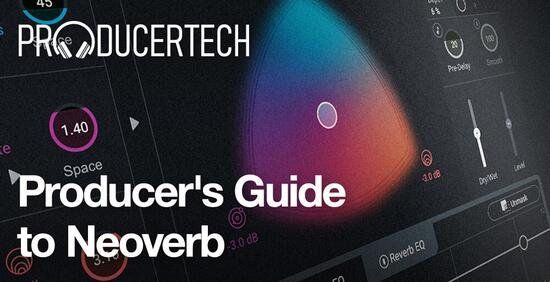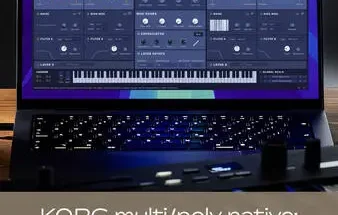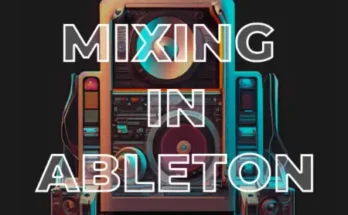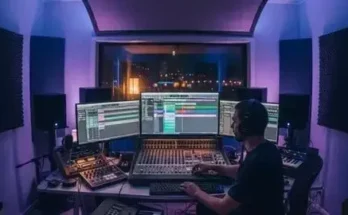Producers Guide to Neoverb TUTORiAL
DECiBEL | 14 Dec 2020 | 1.03 GB
iZotope’s Neoverb is a cutting edge plugin, combining the reverb algorithms of Michael Carnes (formerly of Lexicon and Exponential Audio) with the user-friendly feature set and intuitive GUI that iZotope have become famous for. In addition to offering several assistive facilities for setting up the plugin, there are many advanced controls under the hood that allow complete customisability of the sound. On this 2-hour course, you’ll be taken through each part of the plugin and learn how to use it to design your own reverbs from the ground up.
The course begins with a module that runs through the very basics for working with Neoverb, looking at the assistant and preset manager, as well as giving an intro to the main areas of the software. Accompanying this is a diagrammatic explanation of what constitutes reverb, to help with understanding each stage and the overall timing of reflections. Following this is a tutorial that talks through the considerations for working with Neoverb as an insert or a send, showing a few different ways for setting up parallel reverb processing in the DAW.
Once the basics are covered, there are more detailed guides to each section of the software, exploring EQ and Pre-Delay, and the numerous options available within the advanced editing panel. The last 2 modules both show complete workflows, setting up Neoverb from scratch with 2 contrasting musical sources: drums and a vocal, so students have practical examples of the kinds of custom reverb design the software is capable of.
Course Breakdown
Module 1 – Main Areas of the Plugin
Rob provides an overview of the main areas of the plugin, covering the differences between loading presets and using the assistant, working with the blend pad, applying EQ and how to update and save a new preset. Lesson 2 also includes a diagrammatic explanation of reverb!
Lesson 1 – Loading Presets vs Reverb Assistant – 9.39
Lesson 2 – Using the Blend Pad – 12.46
Lesson 3 – EQ Overview – 5.41
Lesson 4 – Editing and Saving a Preset – 6.58
Module 2 – Using Neoverb as an Insert vs Send
A guide to setting up Neoverb as an insert or send effect, explaining the pros and cons of each, including Live-specific and universal DAW techniques for applying parallel reverb processing.
11.45
Module 3 – EQ Focus
A detailed look at the EQ section in Neoverb, whilst working with a double bass instrument. Manual EQ techniques are covered, as well as using the Autocut and Unmasking features.
14.20
Module 4 – Pre-delay and Smooth
Moving on to the conga, Rob gives a guide to the Smooth and Pre-Delay controls, showing the impact the latter makes on overall duration and spaciousness of the reverb. There is also a demonstrations of the pre-delay sync’ing feature.
Lesson 1 – Smooth – 6.58
Lesson 2 – Pre-Delay – 7.36
Module 5 – Advanced Reverb Controls
Building a drum reverb from the ground up, Rob demonstrates the various controls available within the advanced editing panel, including time, size, diffusion, angle and individual tone controls. Once the spaces are set up, EQ is then applied to finish off the preset.
Lesson 1 – Early Reflections – 9.55
Lesson 2 – Medium Reverb – 9.58
Lesson 3 – Long Reverb – 11.19
Module 6 – Complete Workflow: Working with a Vocal
In this final module, Rob creates another reverb from scratch, this time working with a vocal. Plate verb and hall simulation are combined with some ultra-wide and transparent early reflections, to produce a lush and varied preset for adding reverb to your vocals.
18.12




